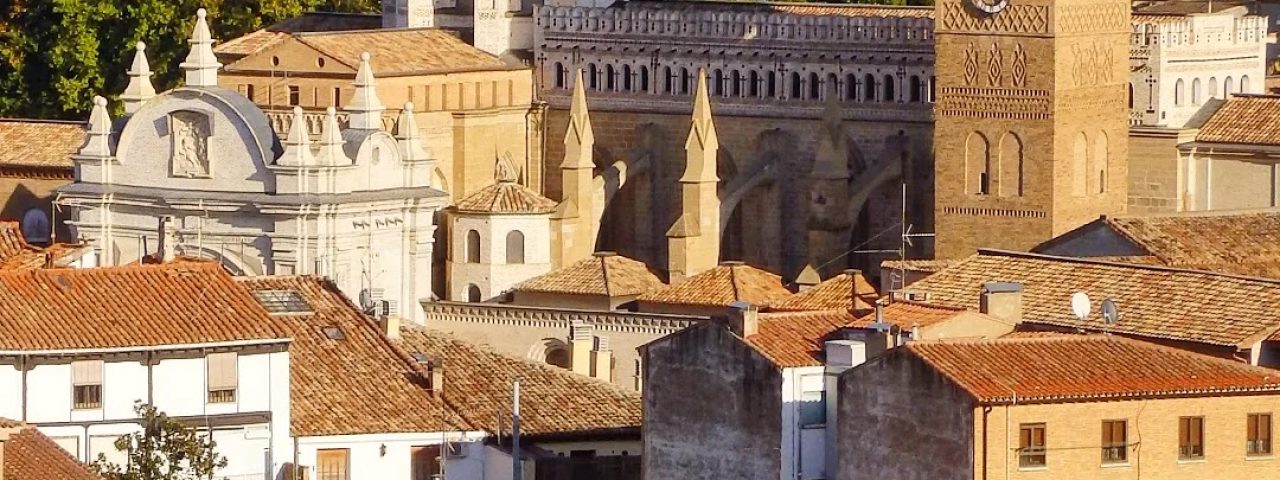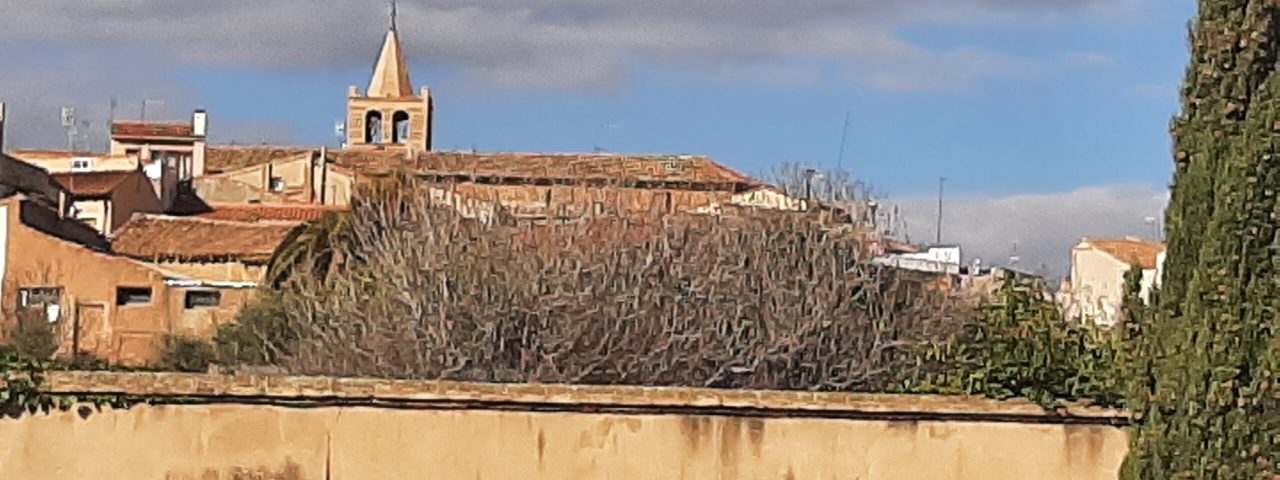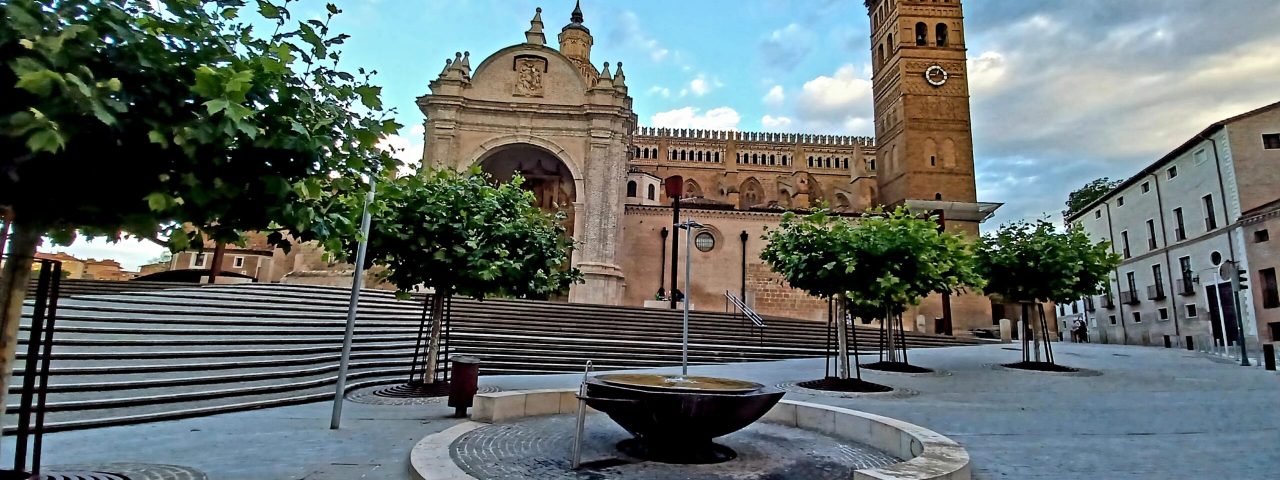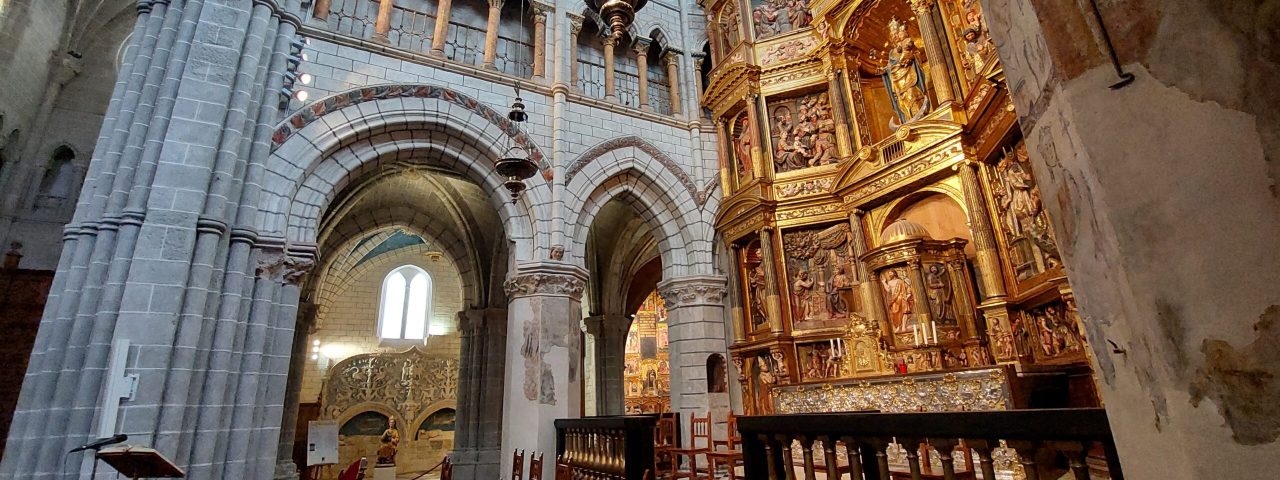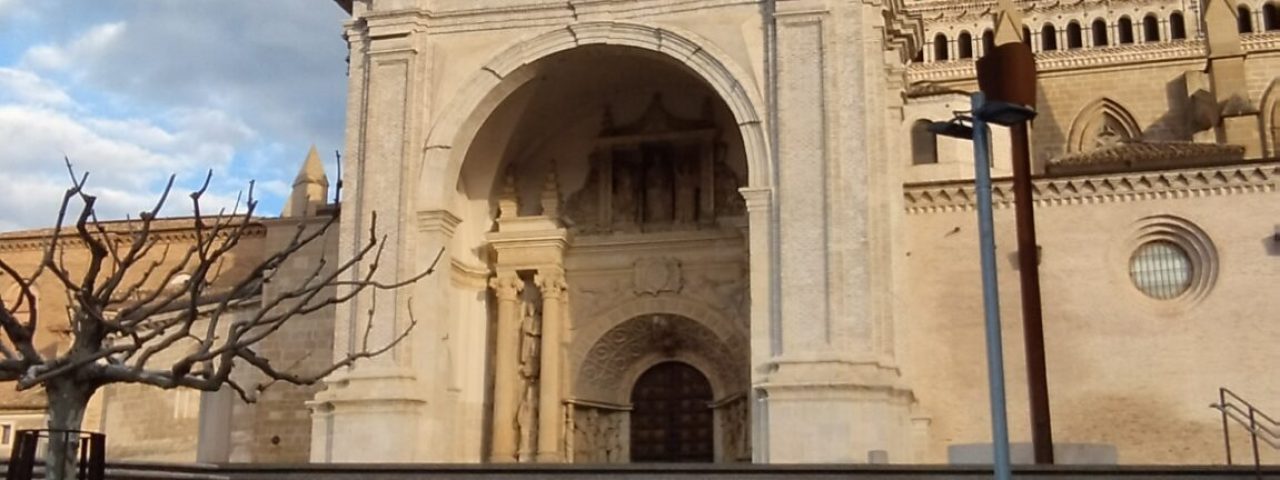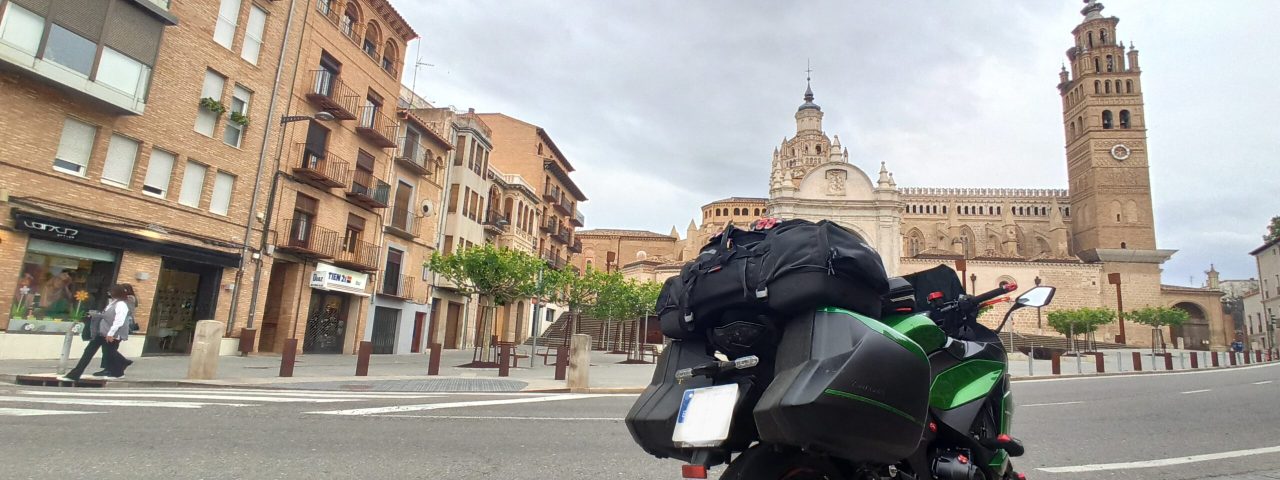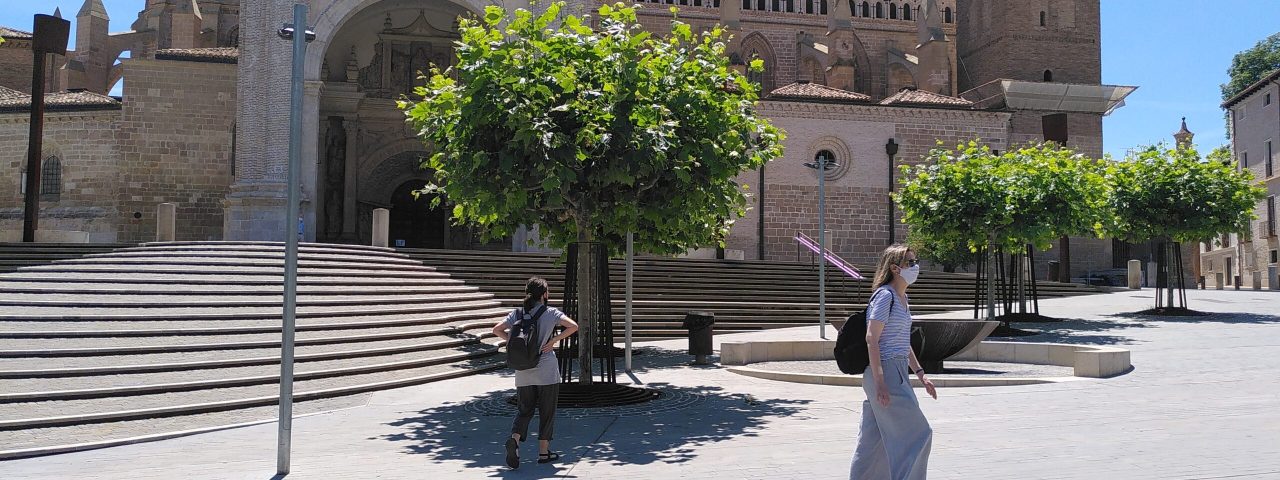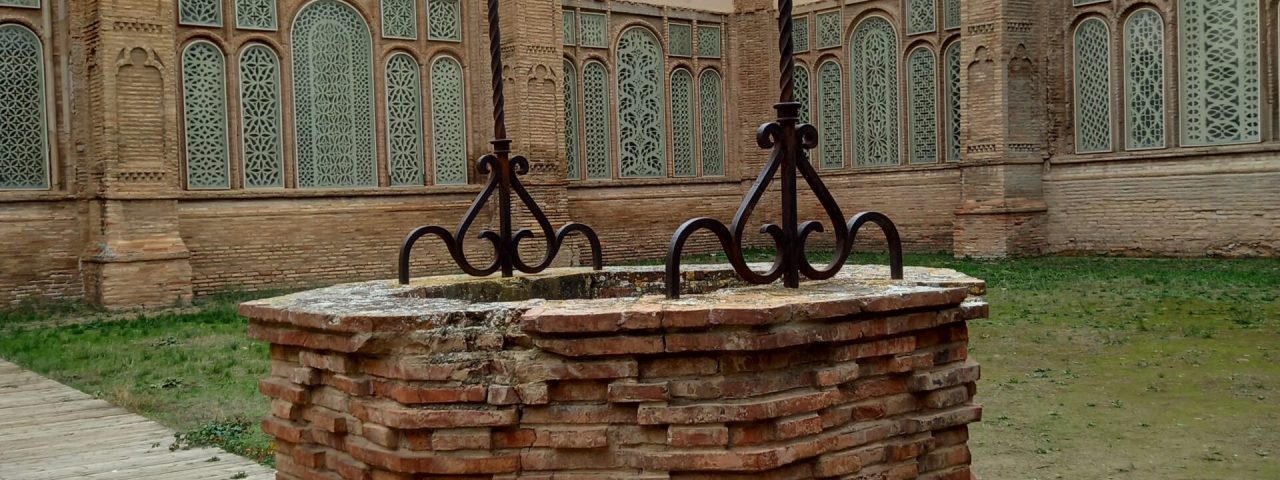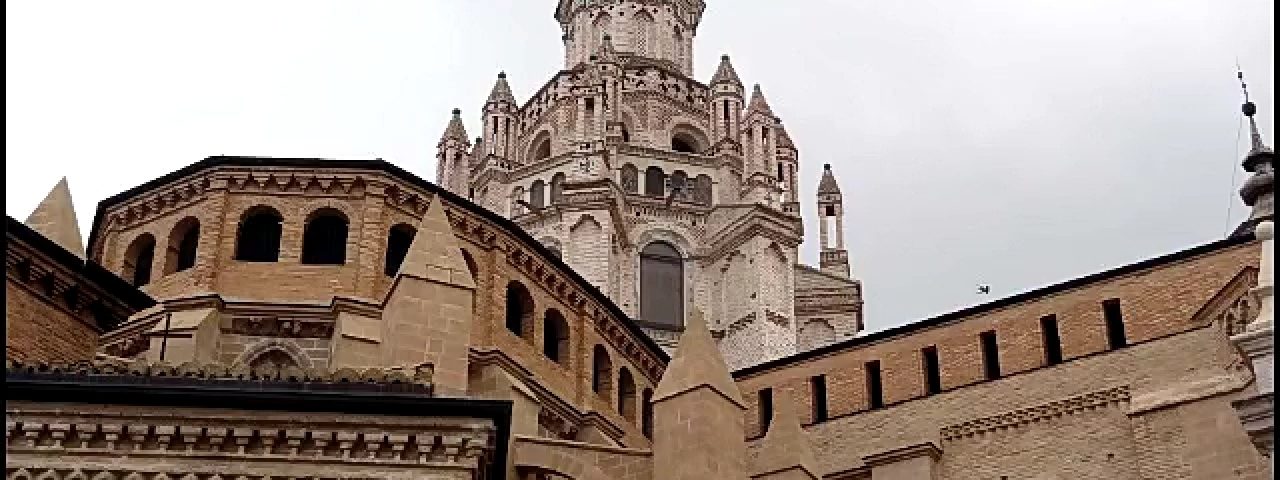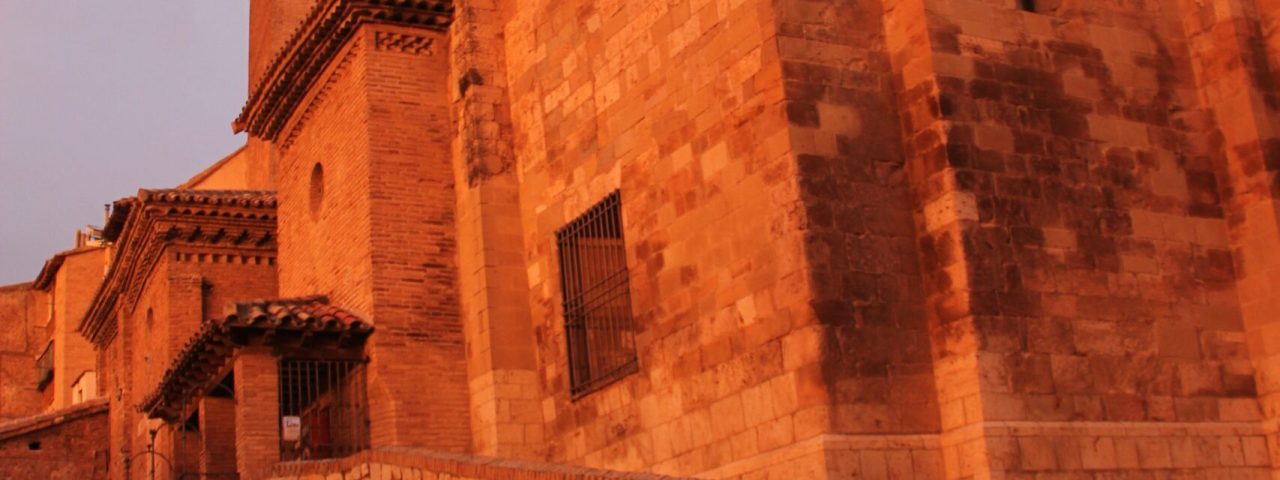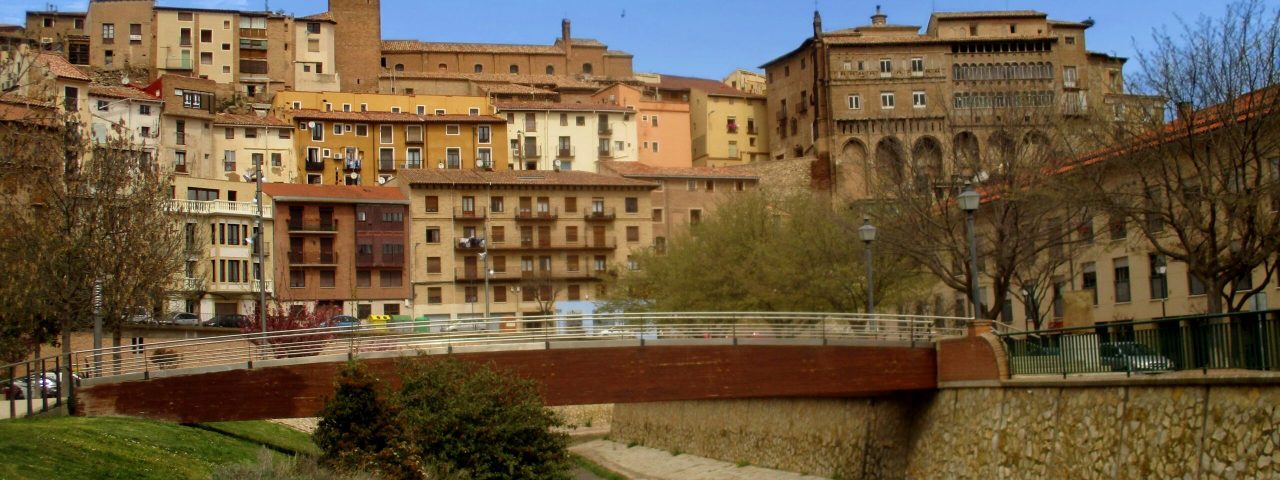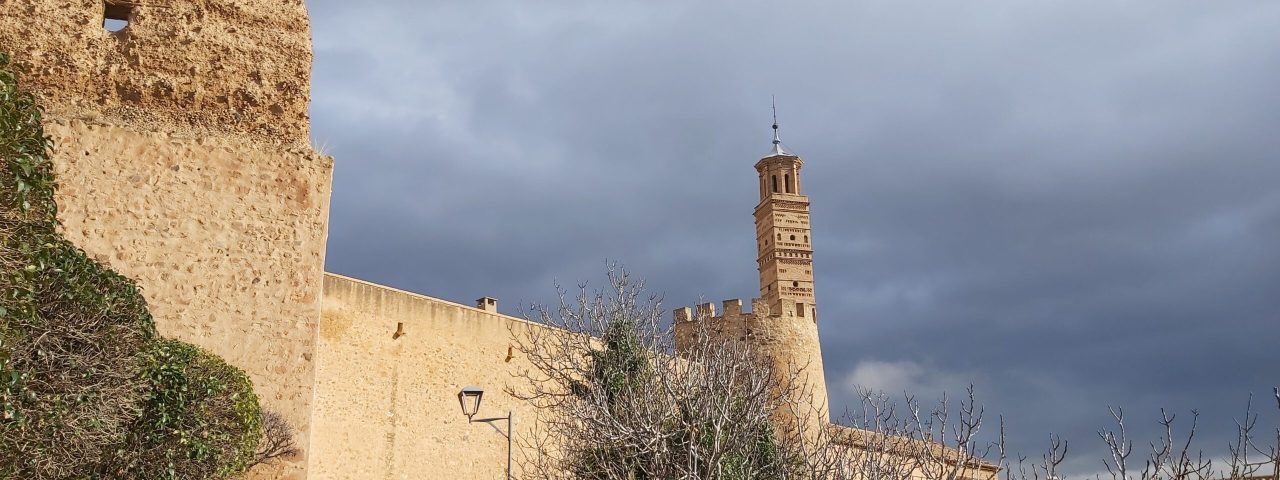Tarazona’s history is a rich tapestry woven from Roman, Moorish, and Christian influences. Founded during the Roman Empire, the city played a key role as a frontier town. Later, under Moorish rule, it became a vibrant cultural center, known for its craftsmanship and learning. In the 12th century, the city was reconquered by the Christians, and it flourished as a religious and political hub in the region. Its blend of Islamic and Gothic architecture is a testament to this diverse past, making Tarazona a city of deep historical significance.
The city is also renowned for its rich cultural traditions, including the Cipotegato Festival, one of the most famous local events held every August. This festival involves a curious tradition where a masked man dressed in a clownish costume (the Cipotegato) is chased through the streets by locals who throw tomatoes at him. It’s a colorful, vibrant event that attracts visitors from all over Spain and beyond. Other religious and cultural festivities, such as Semana Santa (Holy Week) and the Fiesta de San Atilano, the city’s patron saint, add to the cultural richness of the city.
Local customs in Tarazona still reflect its religious heritage, with many historical landmarks linked to its past as a bishopric. The town’s culture is steeped in tradition, yet it remains welcoming and open to modern influences, making it an ideal location for both cultural enthusiasts and those looking to experience authentic Spanish festivals.
